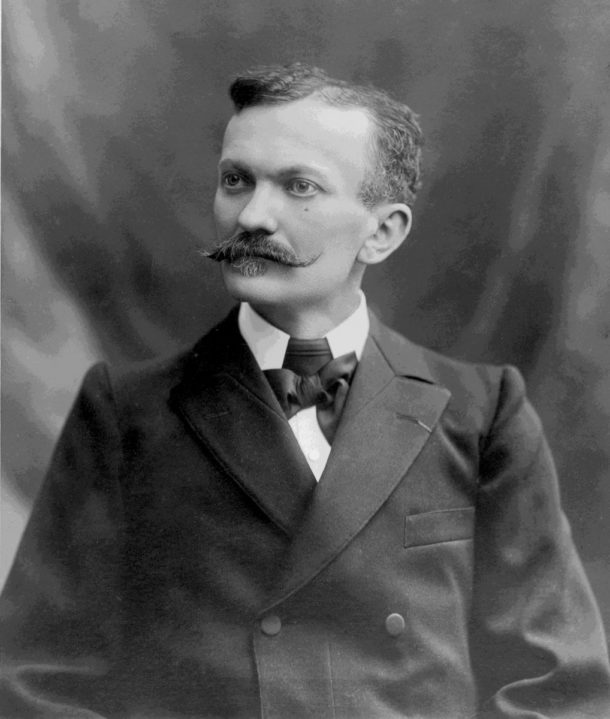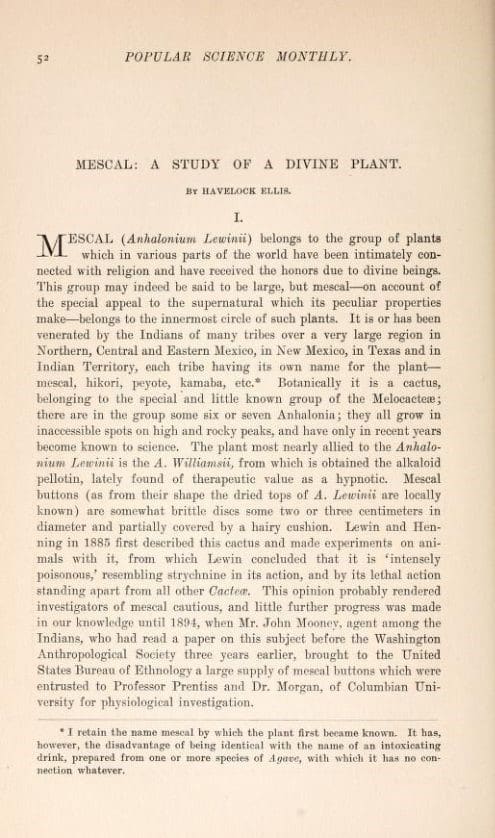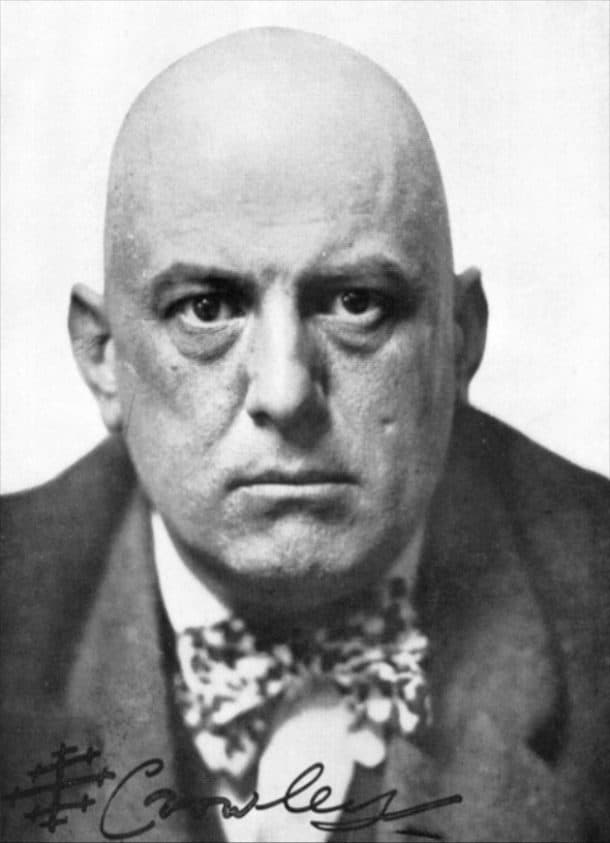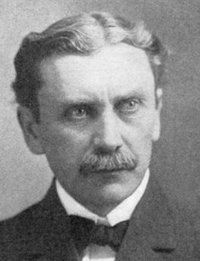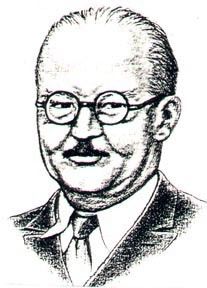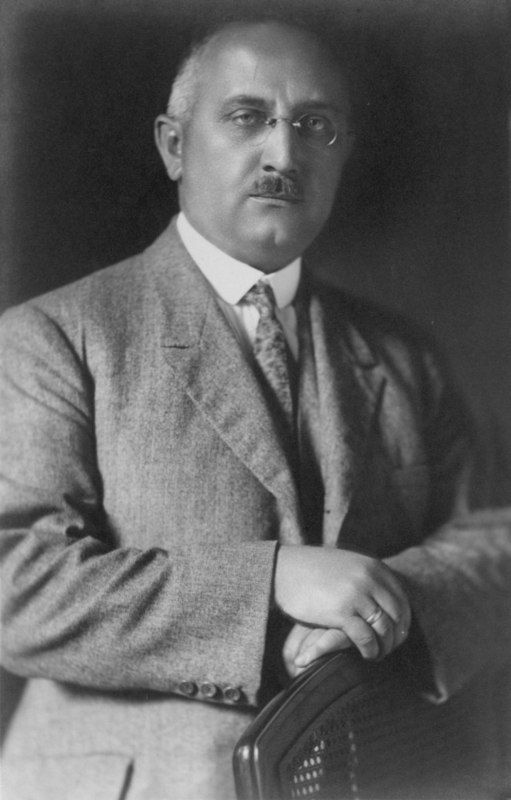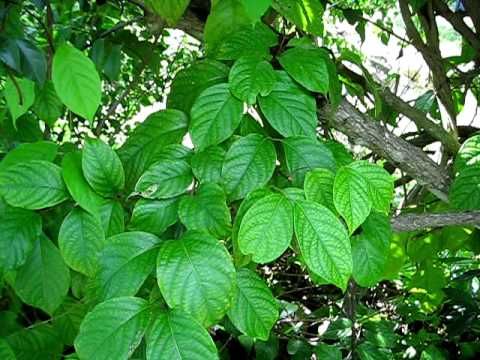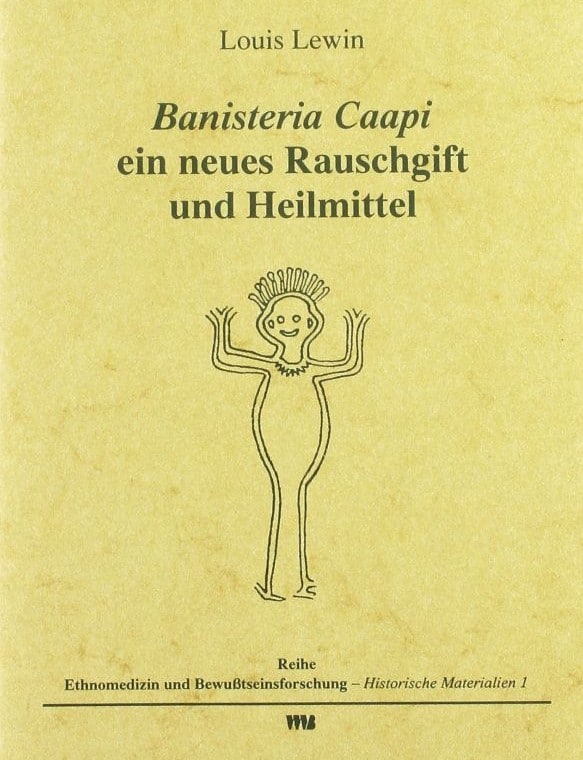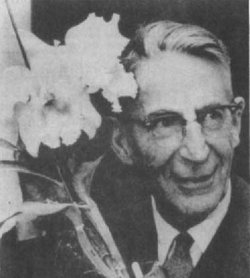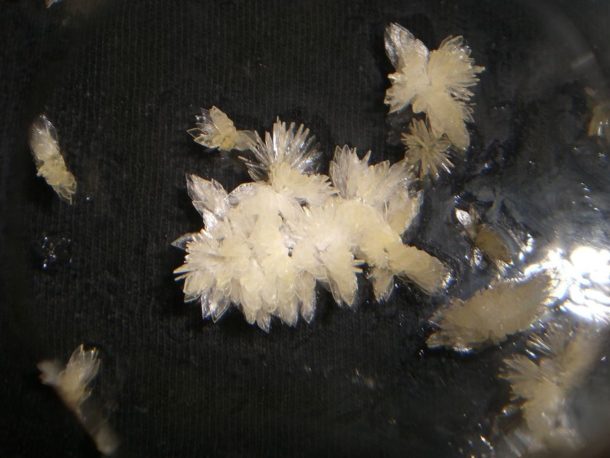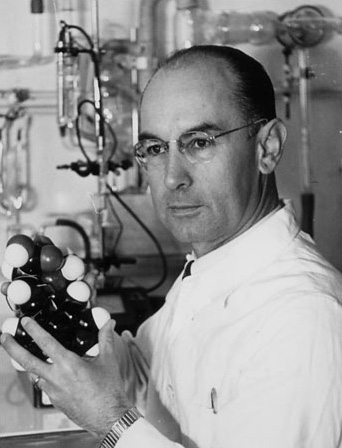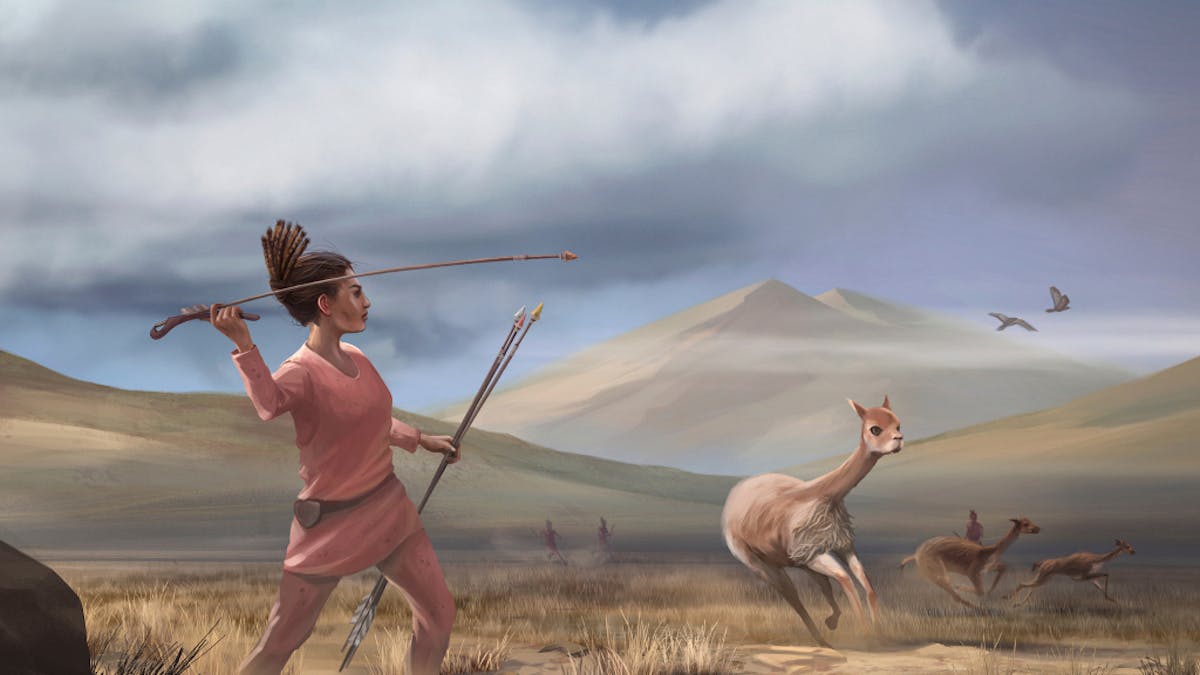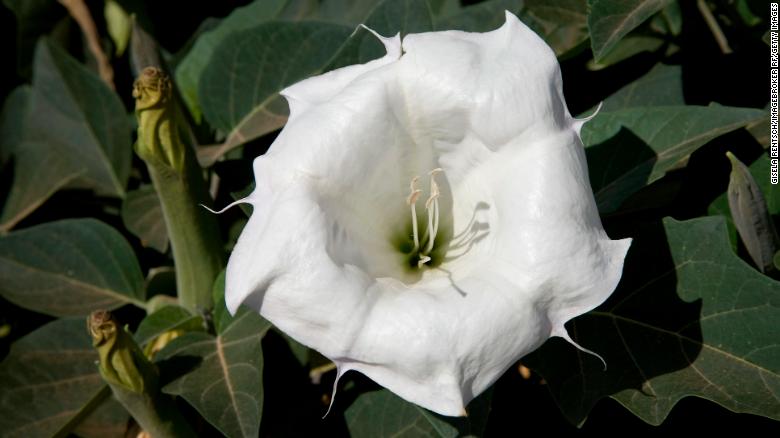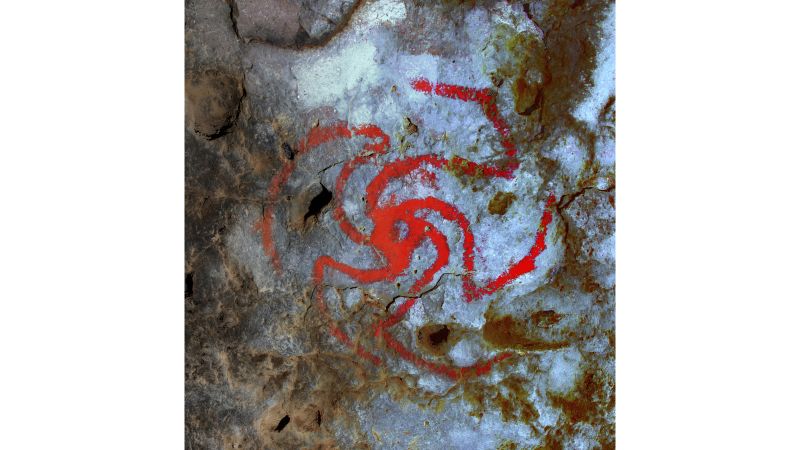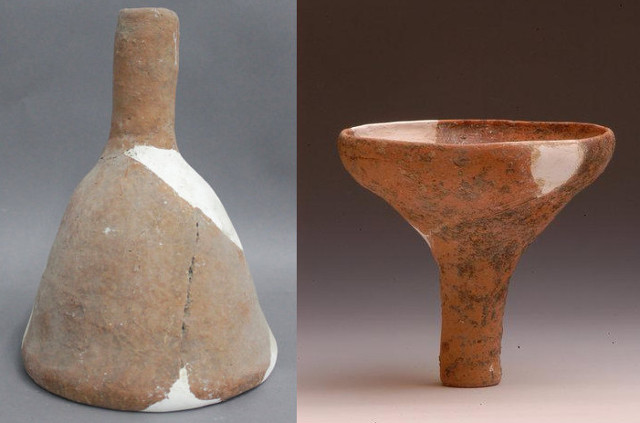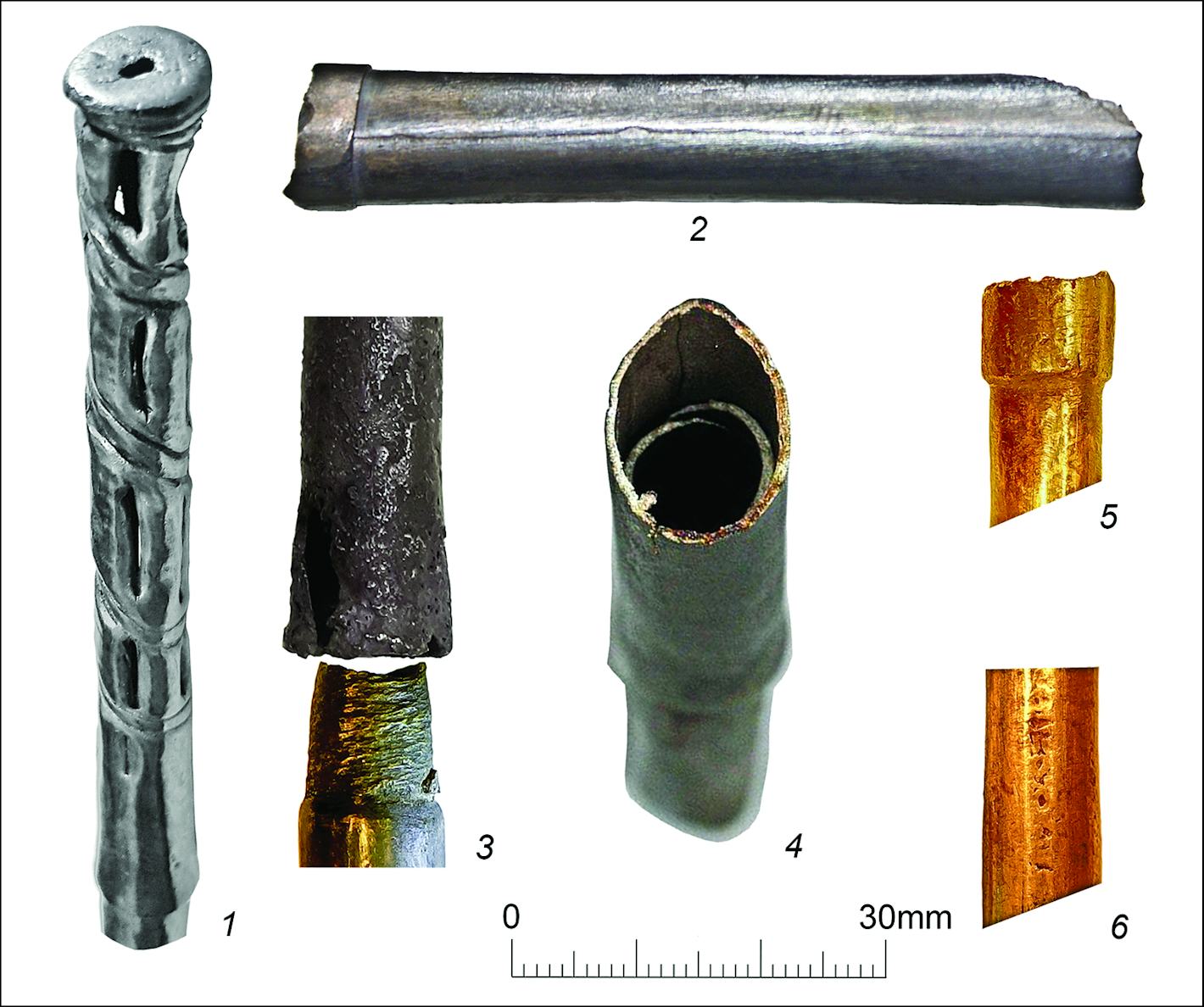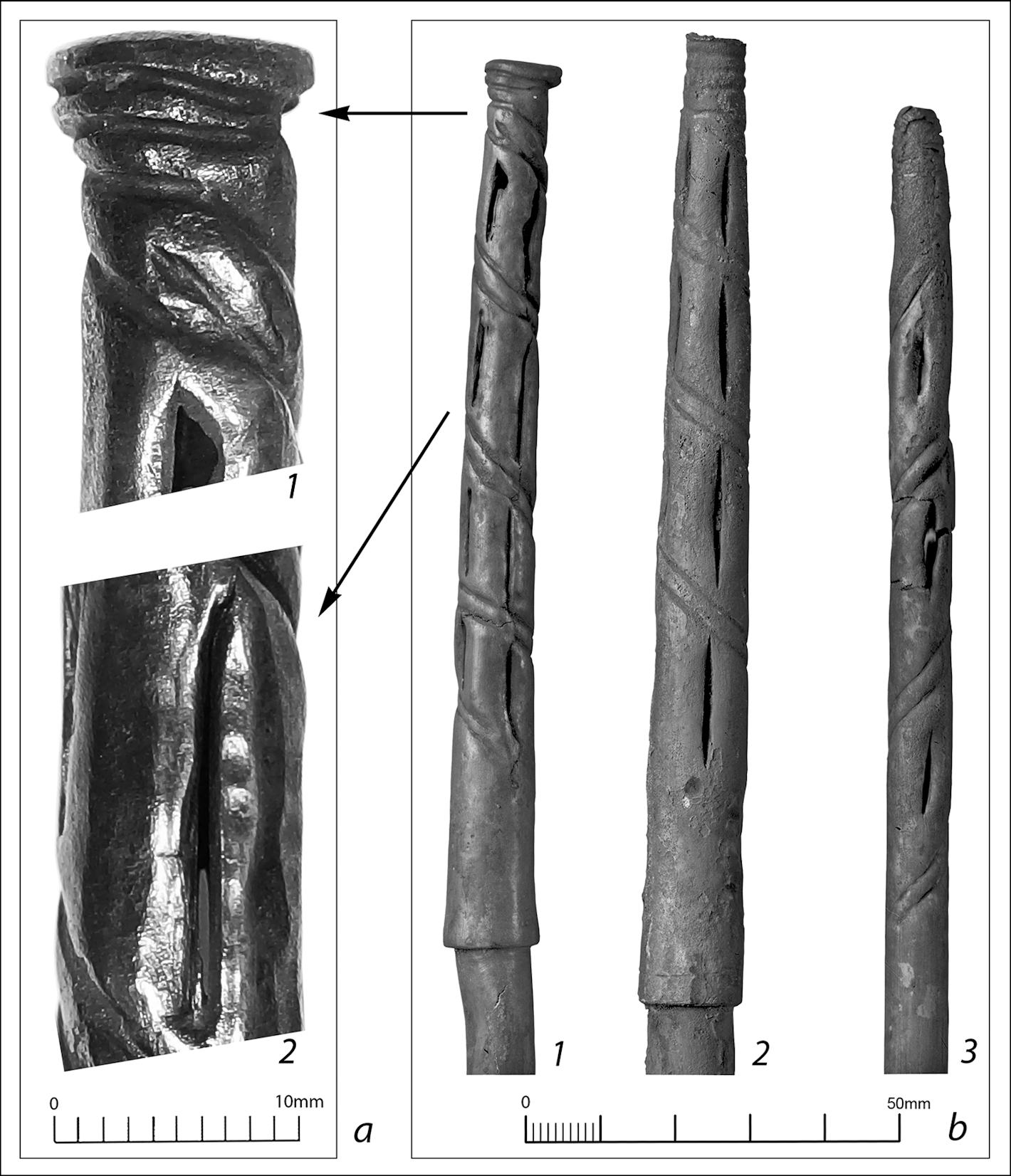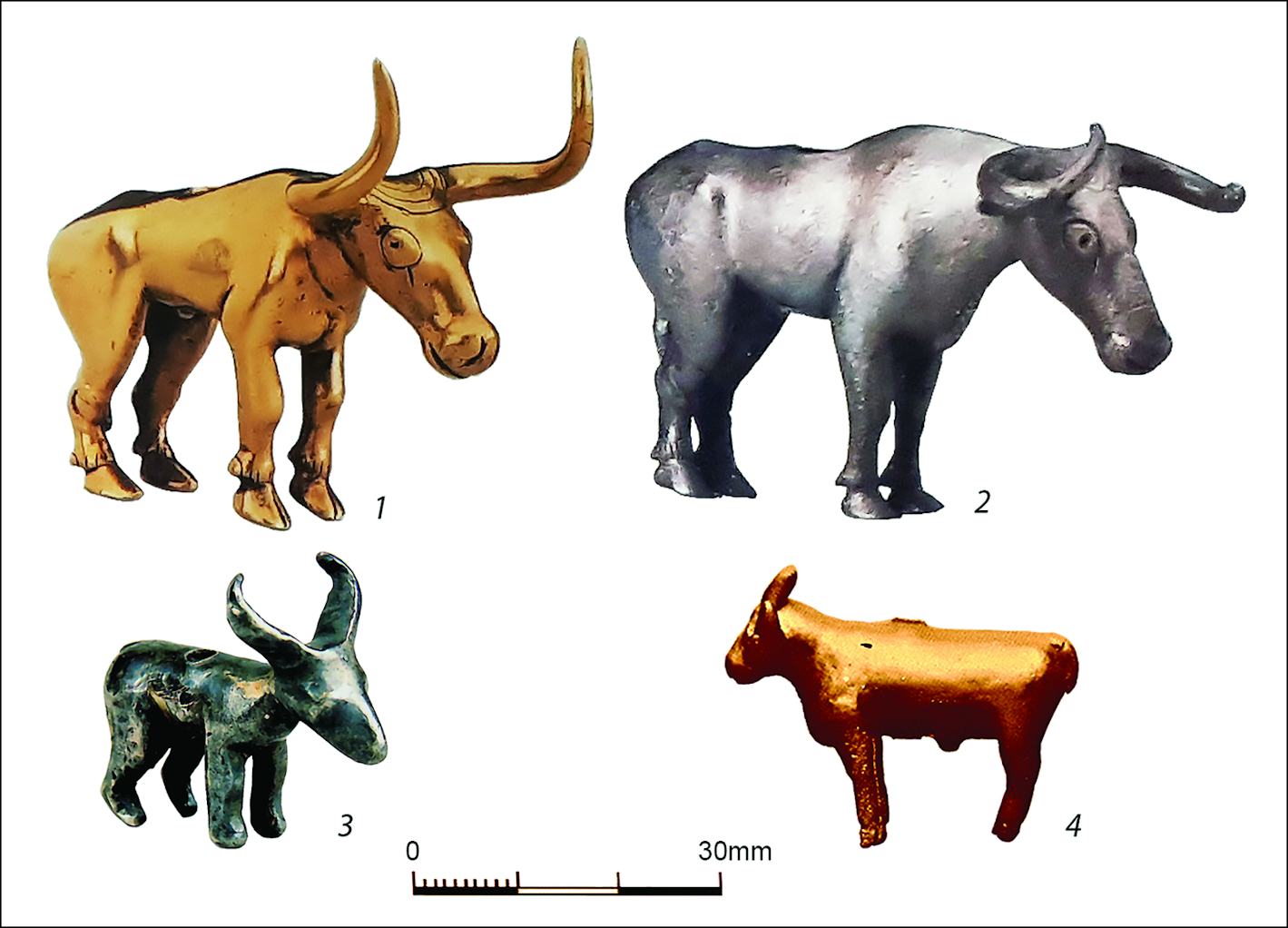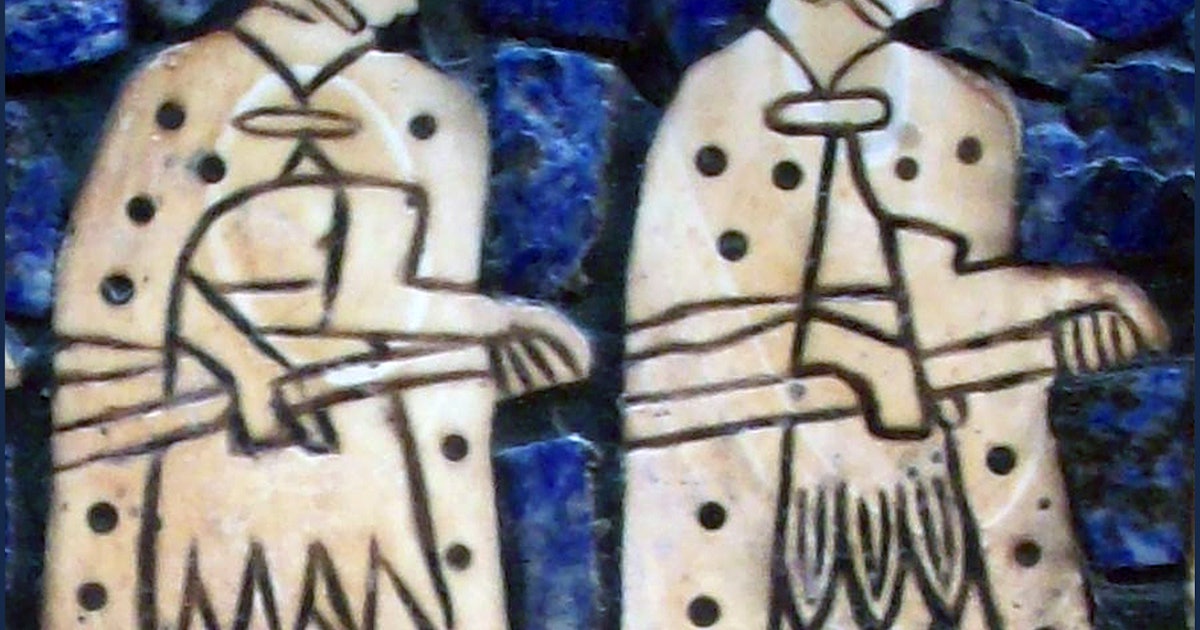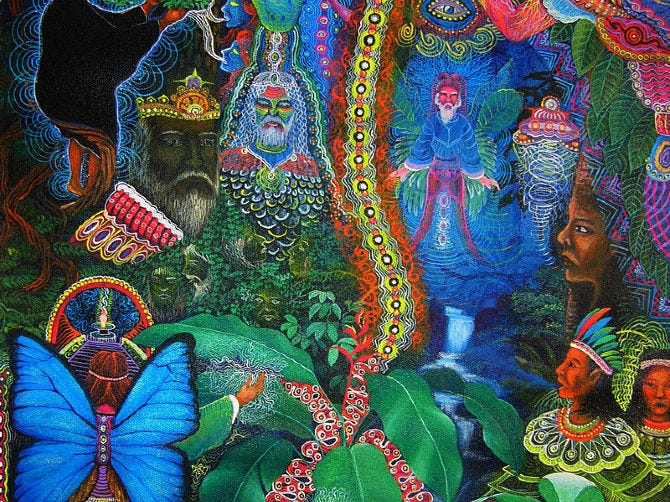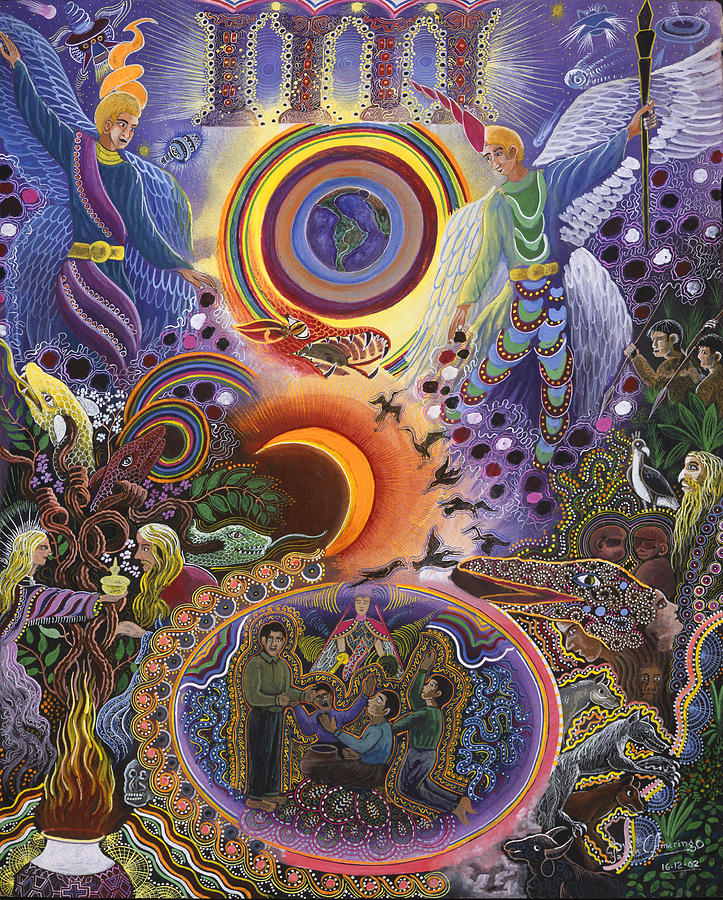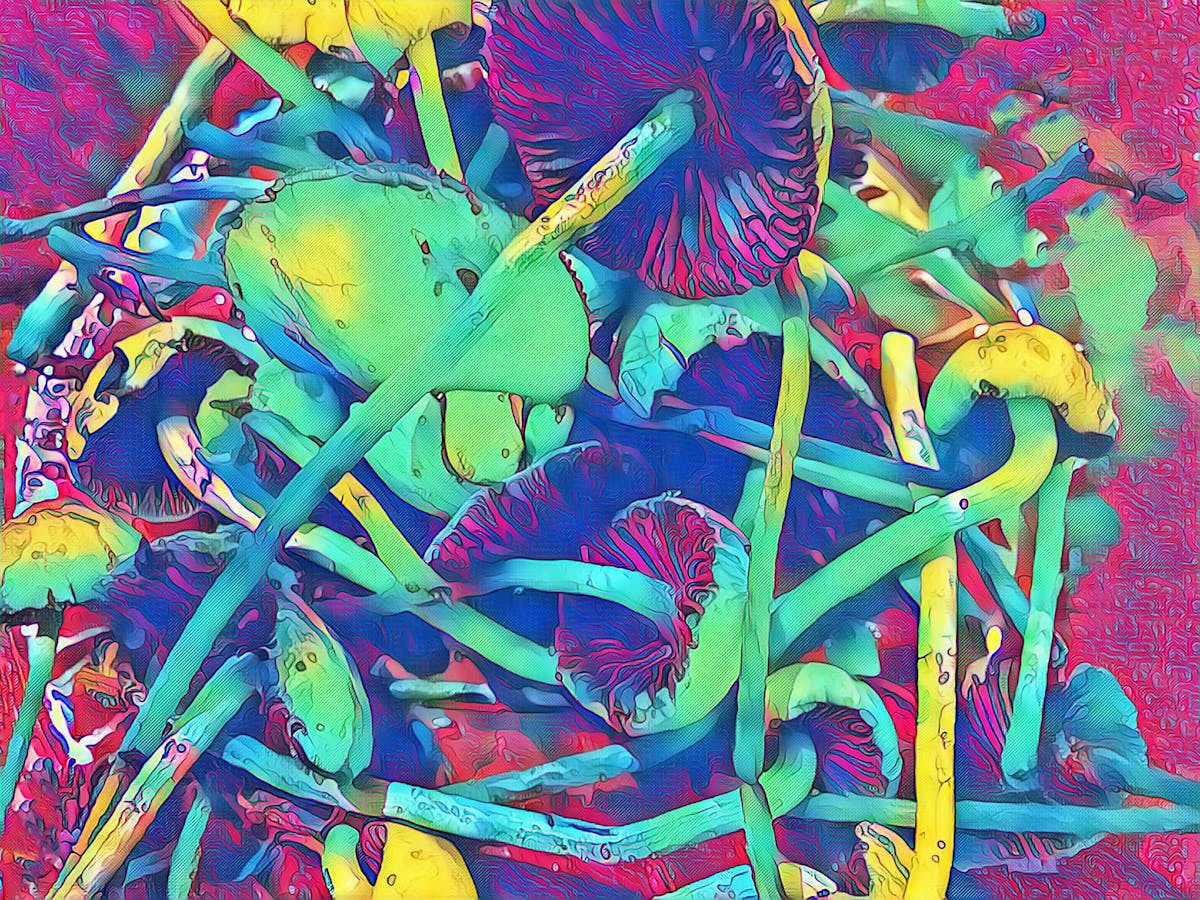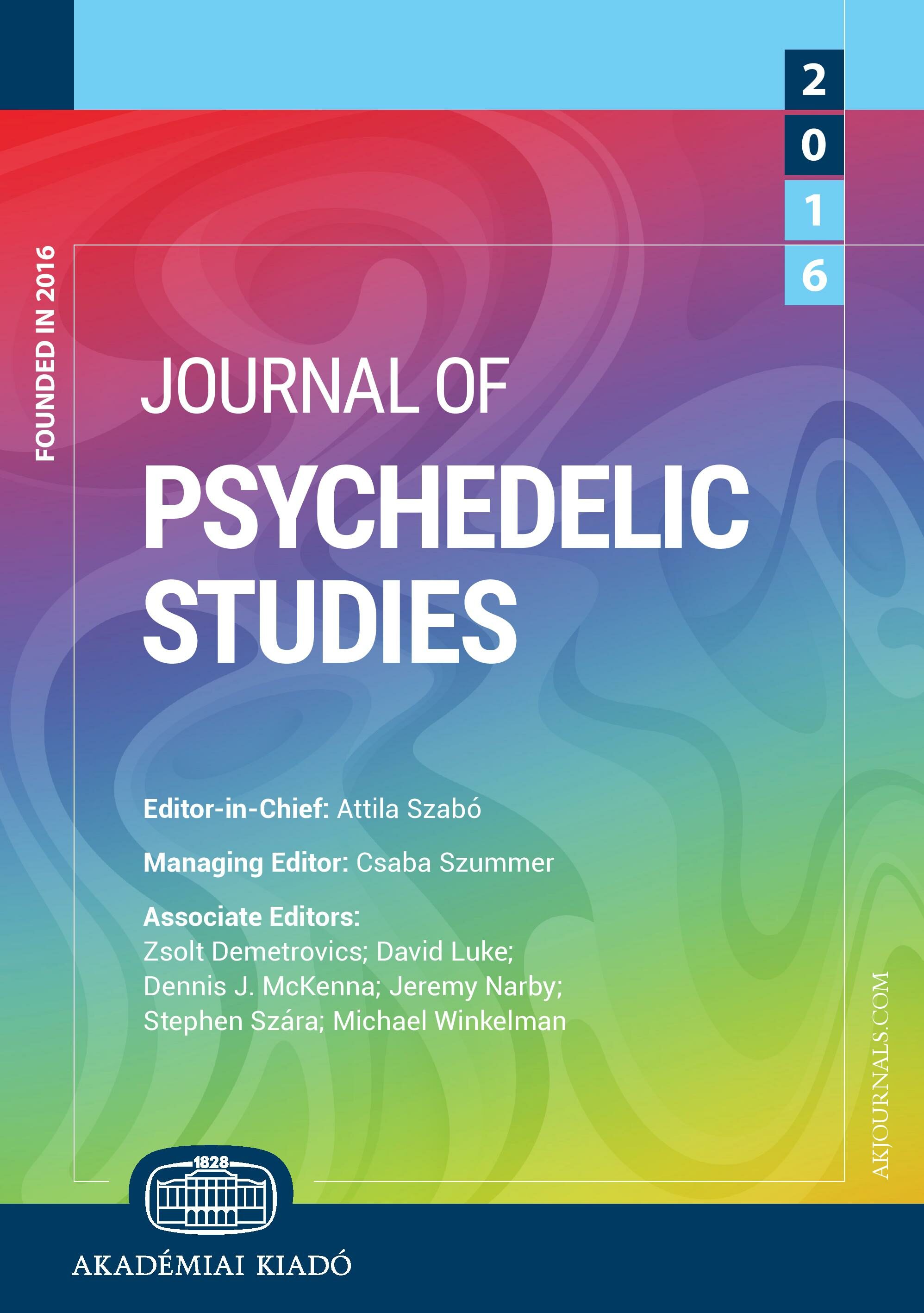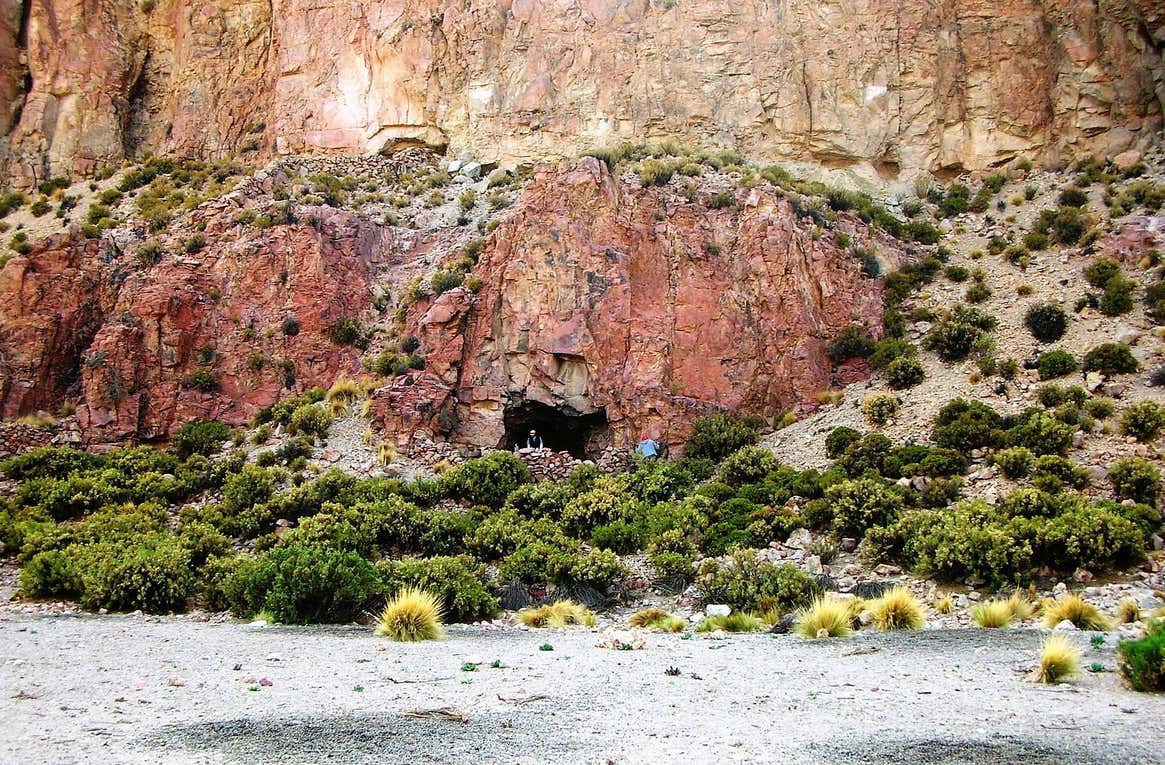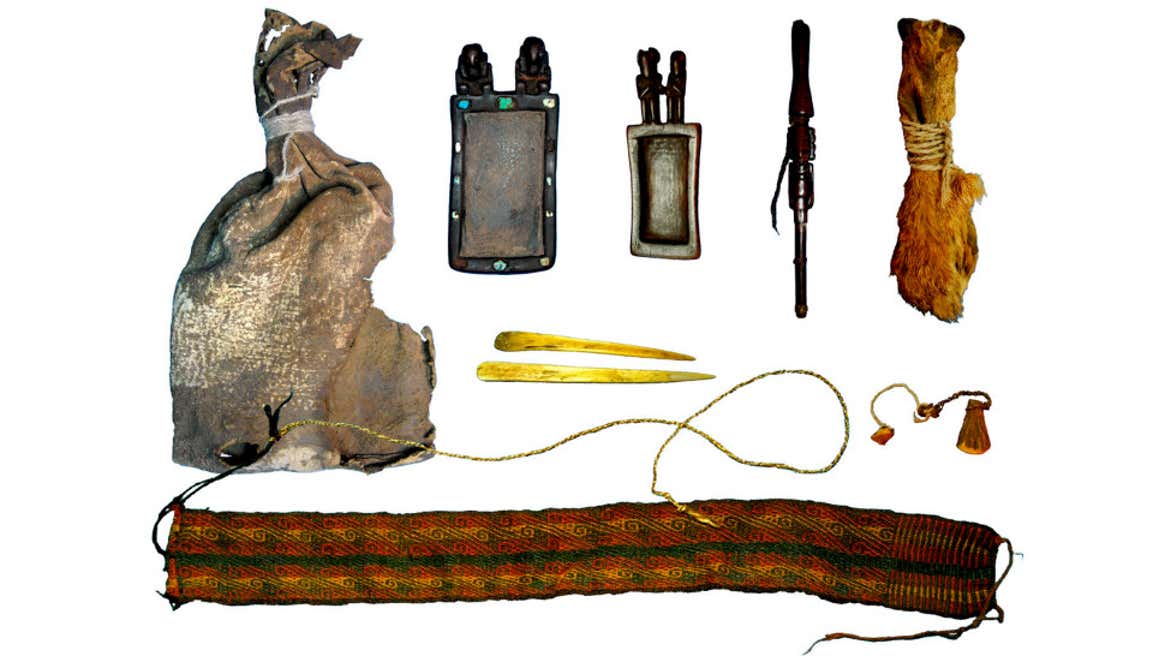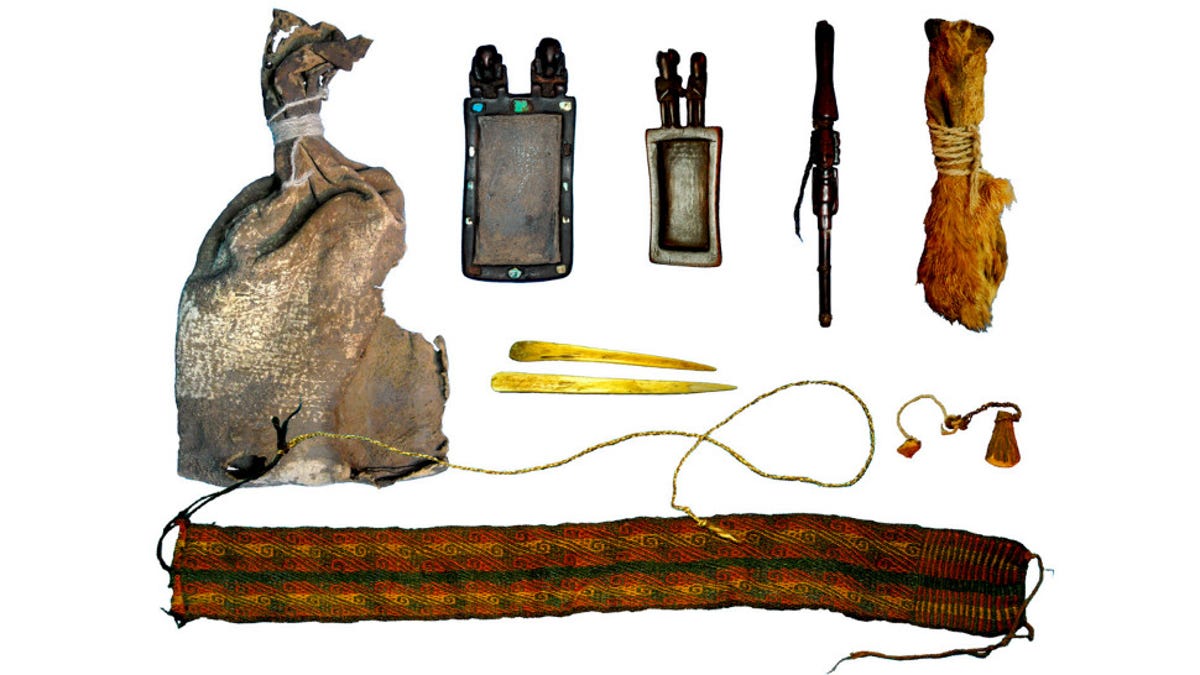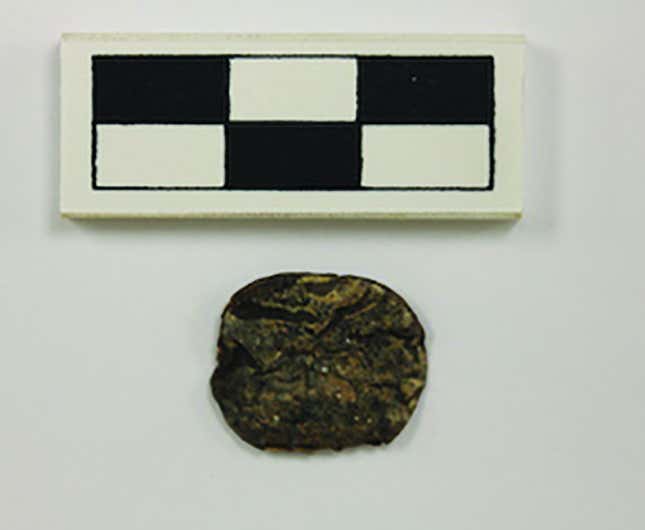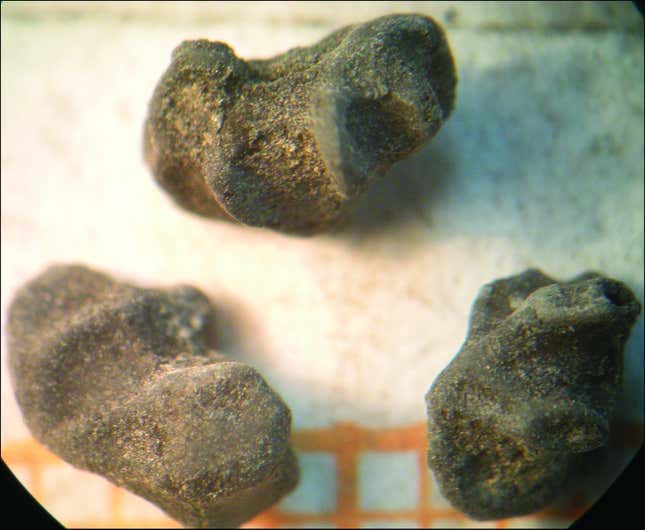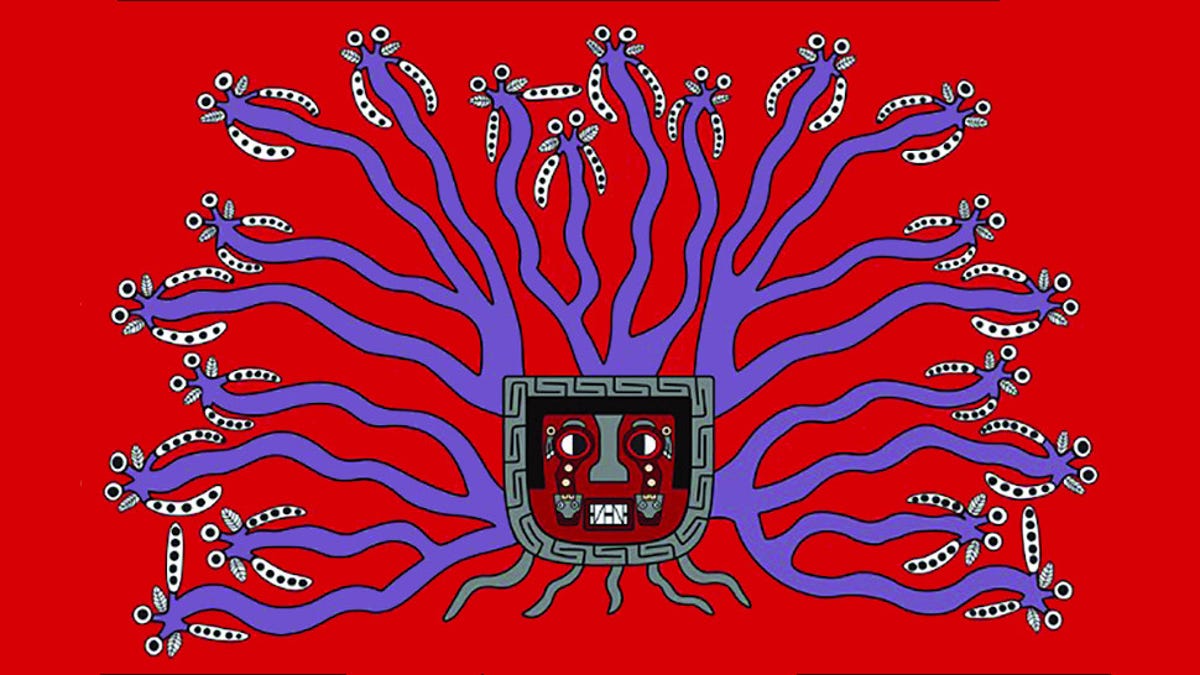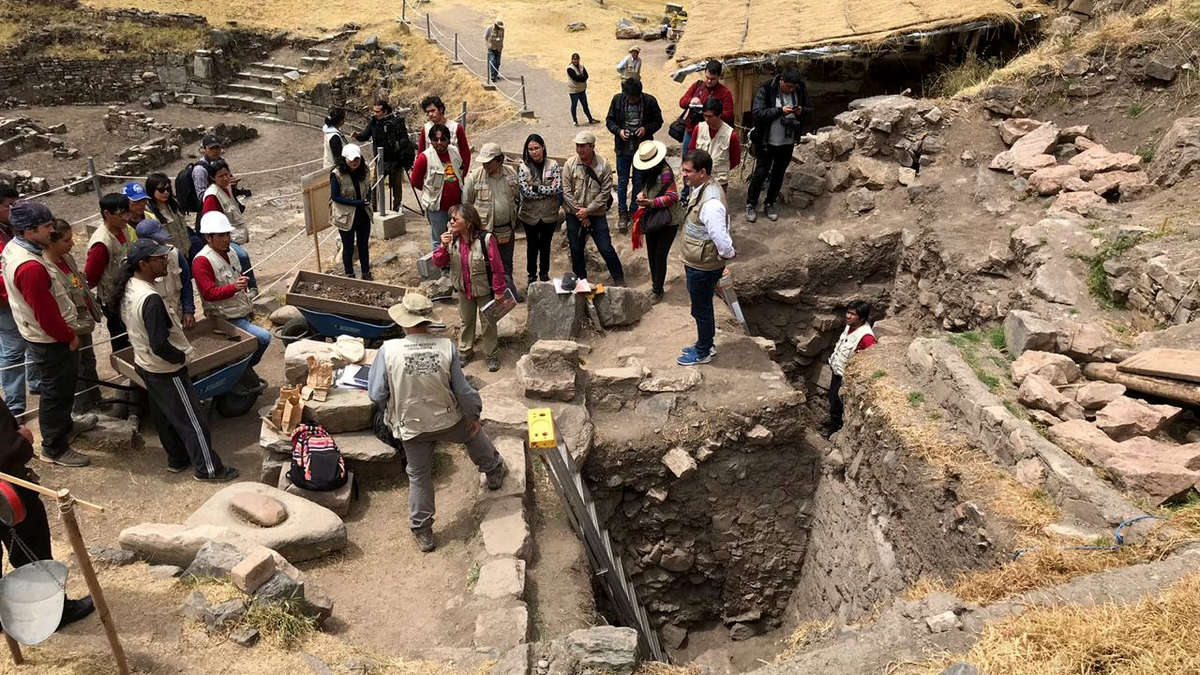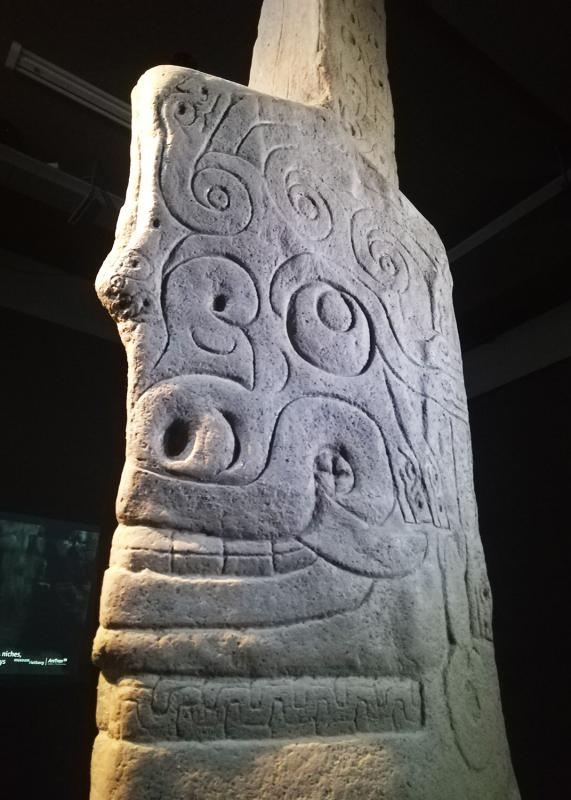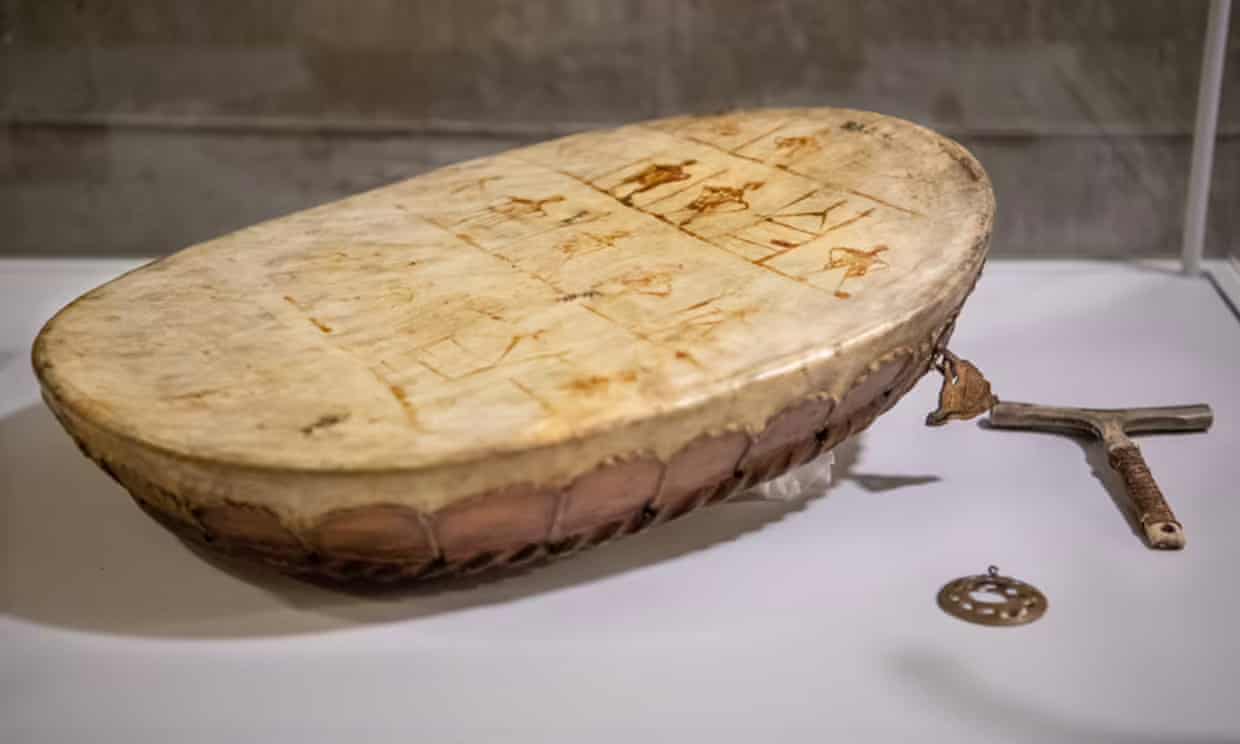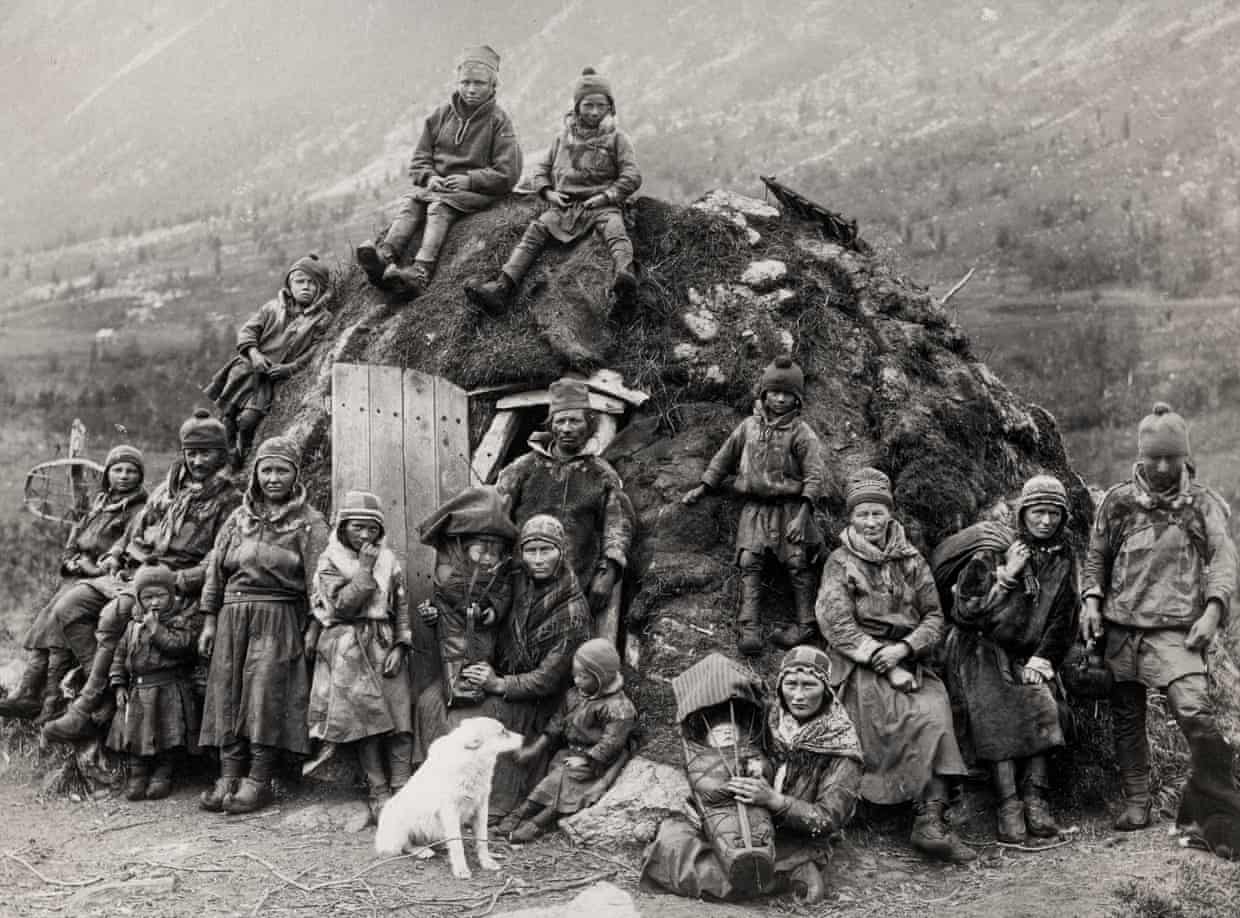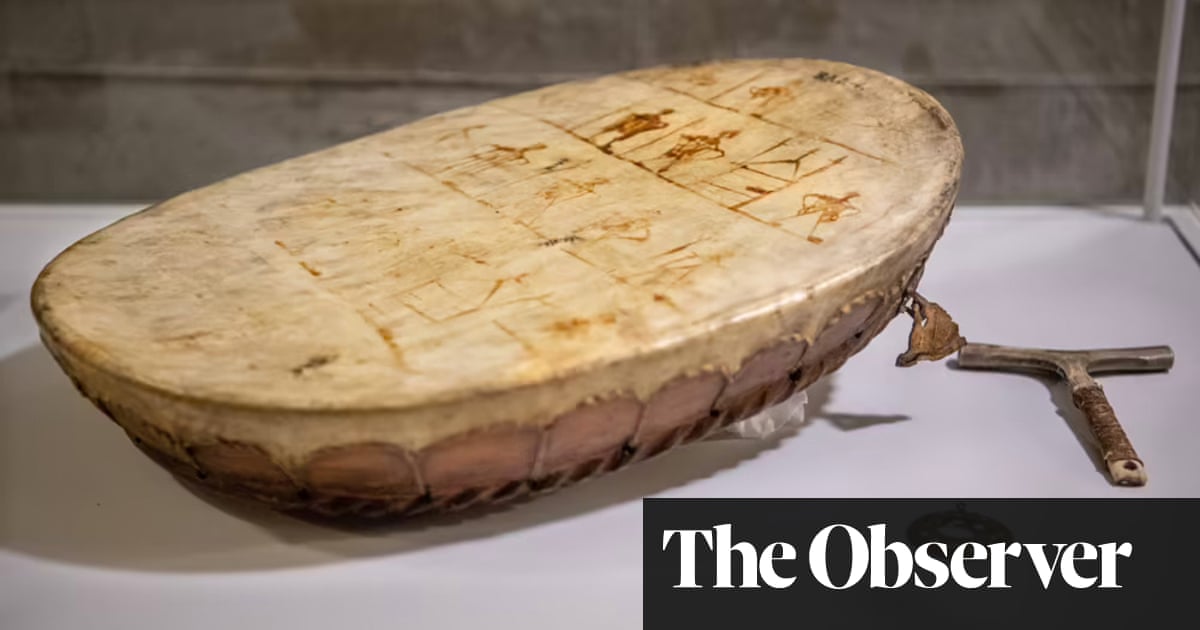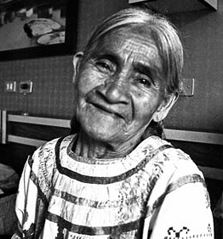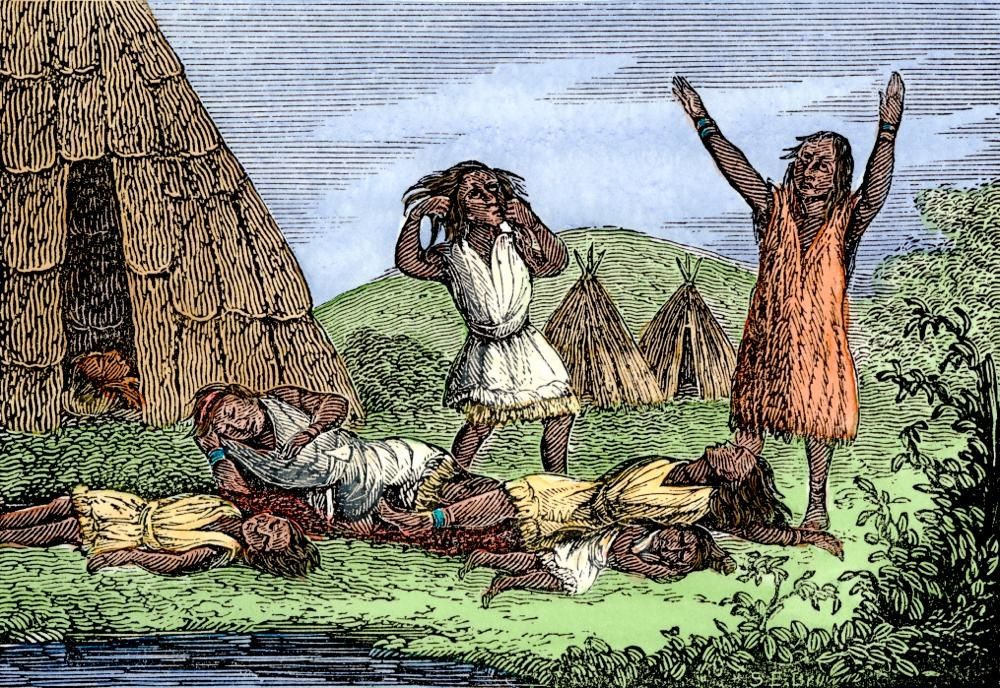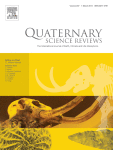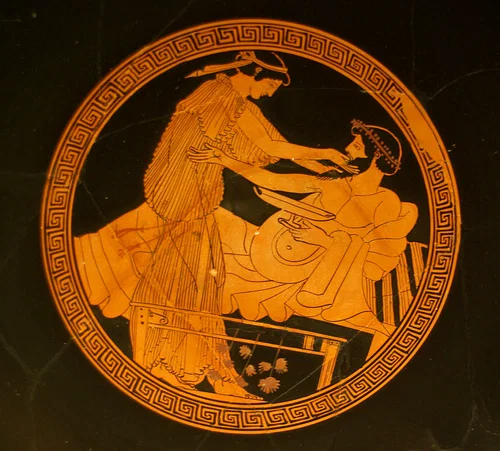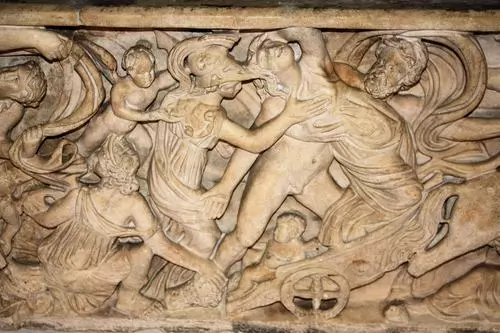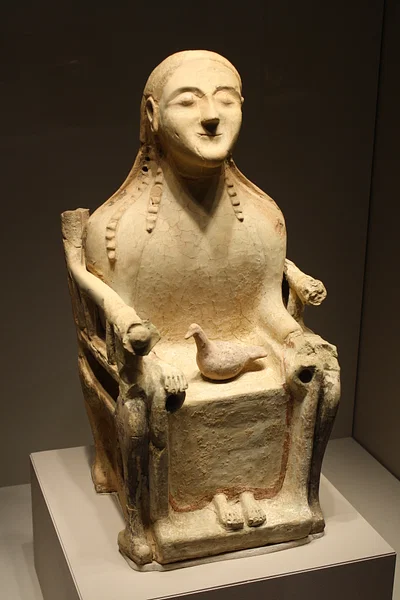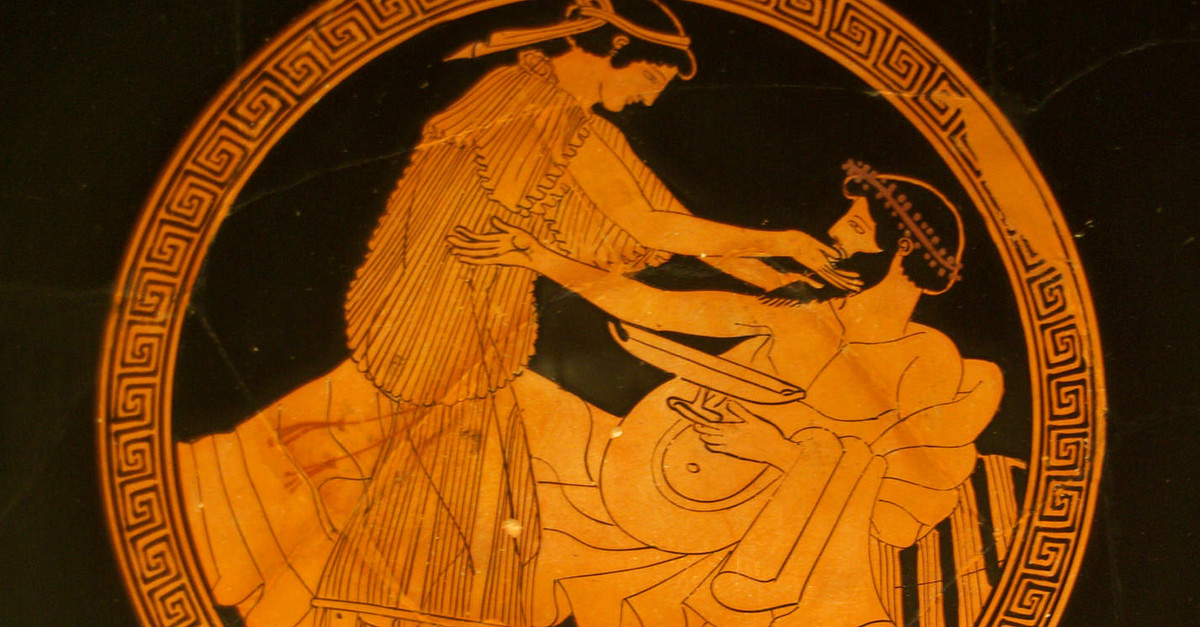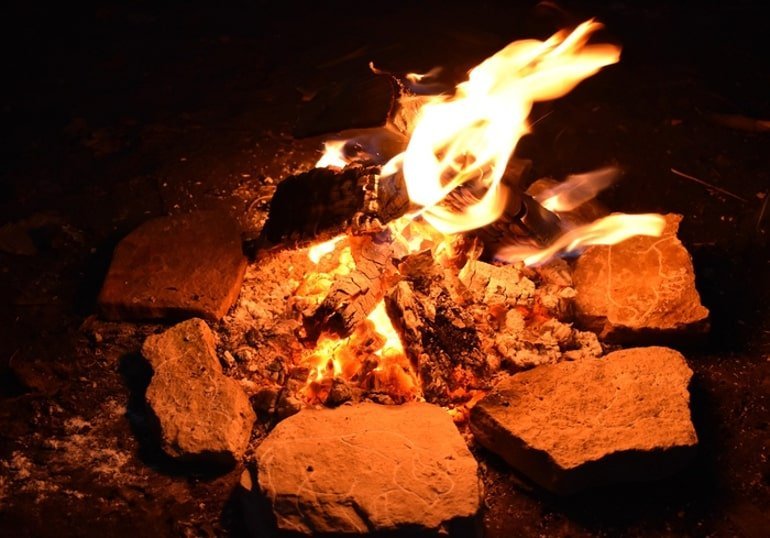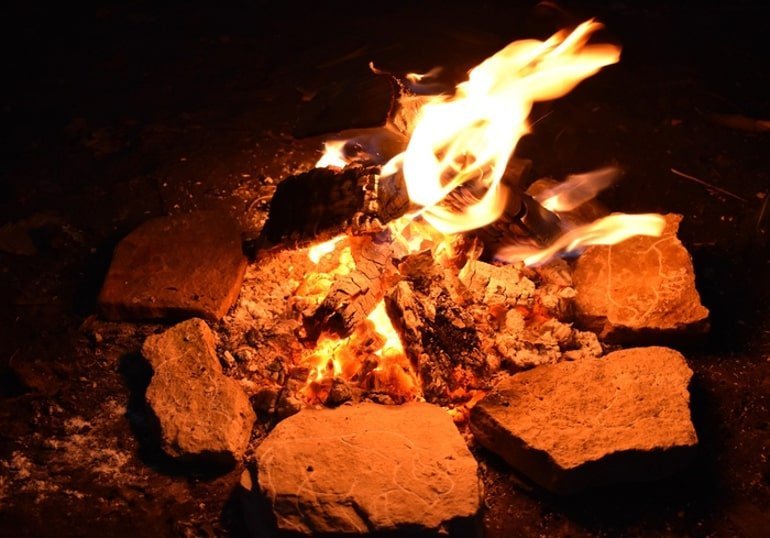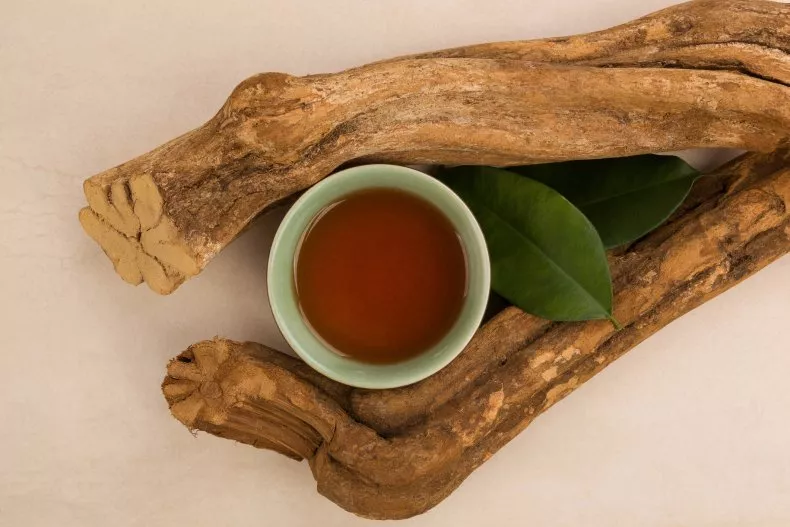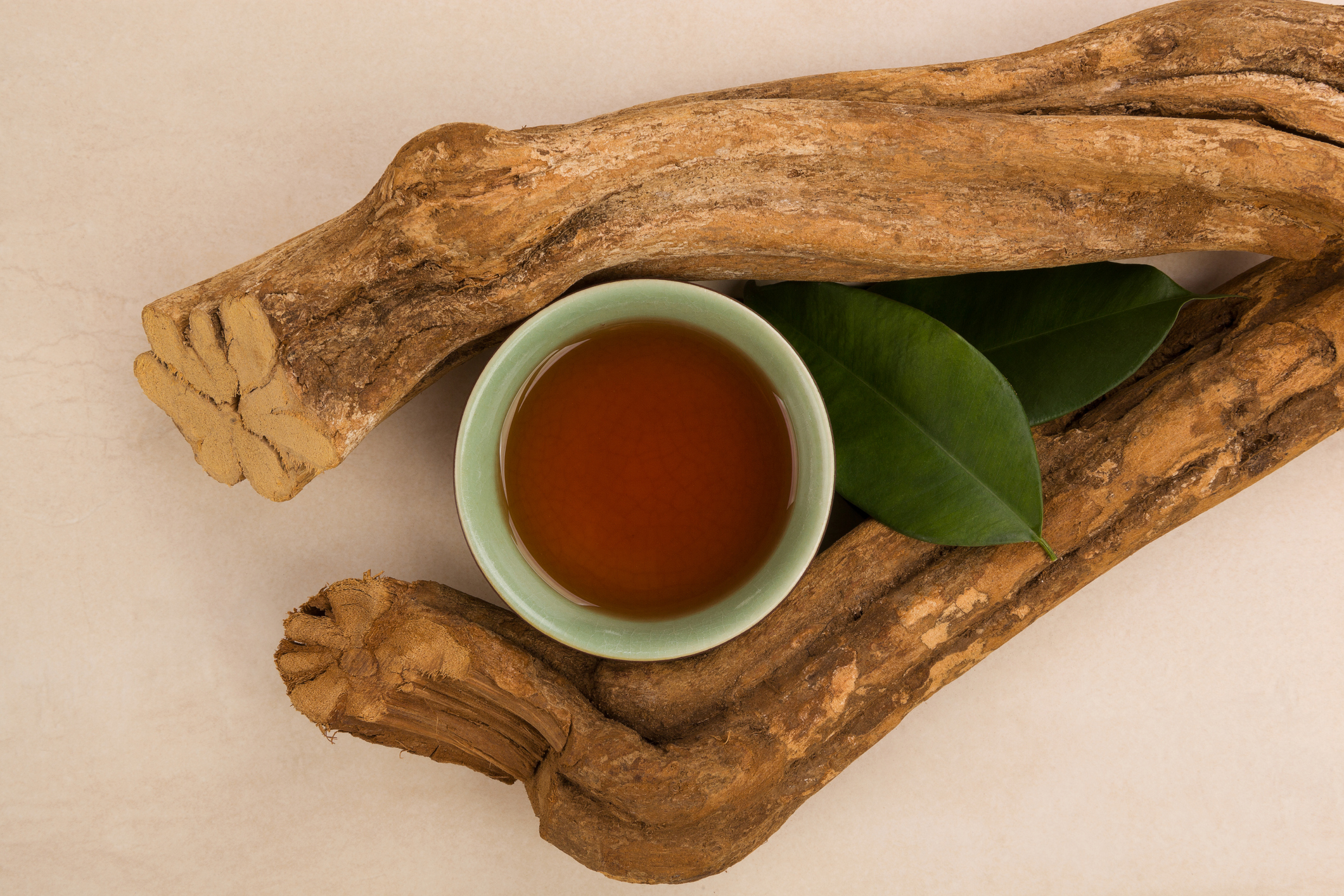THERAPEUTIC USE OF PEYOTE IN THE NATIVE AMERICAN CHURCH*
by Joseph D. Calabrese
Native American communities are unique populations with unique health care needs. Native Americans face health problems that, compared to many other groups within the United States, are uniquely severe. For example, deaths from alcoholism are over six times the national average. Suicide rates are higher, and are characterized by younger people engaging in suicidal behaviors, than the general U.S. population. The suicide rate for Native American youth aged 15 to 24 is 3.3 times higher than the national average and makes up 40% of all suicides in Indian Country. In addition, deaths from tuberculosis are four times the national average, deaths from diabetes mellitus are nearly three times the national average, deaths from unintentional injuries are over twice the national average, and deaths from homicide are 81 % greater than the national average (Indian Health Service 2004). Many of these rates are improvements from prior years.
Native American health care needs are also unique in terms of the unique cultural understandings of illness, the therapeutic situation, and appropriate behavior for both patients and healers. For example, health care within a particular tribal context may traditionally take the form of a communal ritual as opposed to a dyadic conversation or collaboration. The modern clinical expectation of self-disclosure of one's behaviors or feelings to a professional stranger within a brief office visit may be foreign, as may be the absence of a spiritual frame of reference. And the alteration of problematic behaviors such as severe alcohol abuse may require more than a rational discussion of the costs and benefits of the behavior. In many cases, it seems as if the only thing that can alter high-risk behaviors is an intense spiritual experience involving a renewal of personal identity and, perhaps, a renewed relationship with the Divine.
Such an experience is offered in the NAC (Native American Church), and partly for this reason, the NAC has been implicated in health care and recovery since its inception. For example, Mooney (1896), in an article published in the Therapeutic Gazette, wrote of how the Kiowa leader Setkopte, nearly dead from tuberculosis, was treated with Peyote. He recovered immediately and was able to control the illness for at least 13 years using Peyote. Other anecdotes like this in the literature are too numerous to list. They support the argument of Schultes [1938] that Peyote appealed to Native American communities as a medicinal substance. This therapeutic reputation also extended to early 20th-century Euro-Americans, as indicated by the sale of Peyote as a medicine by such pharmaceutical companies as Parke Davis and Company and by Peyote's listing in the United States Dispensatory.
Peyote use is among the most ancient Native American practices of which we are aware. Pre-Columbian use of the cactus extends back several millennia. The oldest evidence of Peyote use that we have, in fact, comes from sites within the area now occupied by the United States. Radiocarbon dating of Peyote buttons from the Shumla Cave excavation in Texas shows a mean age of 5,700 years. Another Peyote specimen from a prehistoric cave burial in Coahuila, Mexico, was dated at between AD 810 and 1,070. Purposeful human use of Peyote is indicated by the fact that the specimens are identified as "buttons" (dried slices off the top of the Peyote cactus), were brought into caves, and in the case of the Coahuila find, were strung together on a cord like a necklace. Two-thousand-year-old ceramic bowls from Colima, Mexico, depicting a human figure holding two Peyote plants, more clearly reveal the cultural significance of Peyote at this period and may even suggest prehistoric domestication of the plant.
Early therapeutic use of Peyote among the Aztecs and surrounding Mexican groups is apparent in the literature. For example, Father Andres Perez de Ribas reported in 1645 that, "although it is medicinal, yet in its use there are many superstitions, which the Holy Tribunal of the Inquisition had at times punished." However, our knowledge of this early medical use is obscured by the ethnocentrism of the Inquisition-minded Spaniards, who assumed the reason for Peyote use to be witchcraft or the conjuring of the Devil. Aztec culture, including its medical knowledge, was systematically destroyed. Rather than recording native understandings with immense historical value, scholars like Juan de Cardenas [1945] instead devoted long passages of writing to useless speculation on which effects of Peyote required a pact with the Devil and which did not.
The practice of Peyote use among tribes in the region now occupied by the United States and Canada, usually associated with an organization called the "Native American Church," diffused directly from the older Mexican forms and retains many Mexican traits, though it has developed its own unique ritual and community structure. The NAC is a spiritual and ethnomedical tradition that is based on the use of the psychedelic Peyote cactus as a sacramental medicine. It developed in the late 19th century in response to the postconquest conditions of Native American communities. These conditions included devastation from war and foreign illnesses, alcoholism, forced acculturation and conversion to Christianity, depression, and alienation. The NAC offered personal healing, cultural revitalization, and recovery from alcoholism. From its origin point in Oklahoma, the NAC spread to tribes throughout the United States and Canada. It is now the most widespread Native American spiritual/medical tradition.
Among NAC members, Peyote is typically referred to using the English word "medicine" and with the pre-NAC term for "medicine" in the relevant tribal language. Most ifnot all serious ethnographers of the NAC have reported on the effectiveness of the NAC in fostering recovery from alcoholism among Native Americans. Aberle reported that based on interviews with 170 Navajos, in the vast majority of cases, the reason for first using Peyote is for the purpose of curing oneself or a family member. Aberle also verified Peyotist abstinence, based on his long-term participant observation among the avajo. He wrote,
"I have made fairly careful observations at rodeos and "squaw dances" in communities where I was reasonably well acquainted. I am prepared to say that on these occasions, when there is a great deal of public drinking and drunkenness, very few Peyotists show any signs of drinking. There are exceptions, but the Peyotists' claim not to use alcohol seems fairly well supported."
Wiedman (1990), describing the practice of Big Moon and Little Moon Peyotism among the Delawares, noted that when the Big Moon variant became more structured as a church and focused less on health care, its following declined. The Little Moon variant, which remained both a spiritual and a health care system, continued to be practiced while the Big Moon variant ceased to be practiced. Clinicians have also reported positive effects of NAC involvement on mainstream clinical treatment. Albaugh and Anderson (1974), for example, noted for their Native American patients a "carry-over period" lasting 7 to 10 days after attending a Peyote meeting that is marked by "increased openness and willingness to communicate." The well-respected psychiatrist Karl Menninger also made an especially strong statement on the effectiveness of the NAC:
"Peyote is not harmful to these people; it is beneficial, comforting, inspiring, and appears to be spiritually nourishing. It is a better antidote to alcohol than anything the missionaries, the white man, the American Medical Association, and the public health services have come up with."
The health concerns connected with Peyote use have to do primarily with emotional or behavioral disturbance, psychotic reactions, and chromosome damage. Dorrance et a1. (1975) investigated the question of chromosome damage among Native Americans who use Peyote ceremonially. They compared a group of Huichol Indians who used Peyote from childhood to old age with another group of Huichol who did not use Peyote. They found that there was no difference in chromosome damage between the Peyotist group and the non-Peyotist group. As regards psychological or behavioral disturbance, Dr. Robert Bergman (1971), a psychiatrist working for the IHS on the Navajo reservation, tracked every report of an adverse reaction to Peyote for a period of four years. Bergman concluded that there was "almost no acute or chronic emotional disturbance arising from Peyote use." He only observed five cases of reported disturbance, all of which subsided soon after. Based on his observations, Bergman made some estimates about the actual incidence of adverse reactions to Peyote:
"The Native American Church of Navajoland estimates its membership at 40,000. This estimate may be high and there may be inactive members, so we will use a population base of 30,000. Our informants report attending meetings with an average frequency of about twice a month. Since this may be exaggerated, we will assume an average attendance of only once every two months. This would result in a total of 180,000 ingestions of Peyote per year by the population we serve. Assuming that all five of our cases represent true reactions to Peyote and that we hear about only half of the cases occurring, the resulting (probably over-estimated) rate would be approximately one bad reaction per 70,000 ingestions."
Regarding psychosis, given what we know about the distribution of schizophrenia spectrum disorders across human populations, we would expect that at least 1% of Bergman's subject population would have had a biological vulnerability to psychotic symptoms. It is also widely believed that hallucinogen use will precipitate an acute psychotic reaction in biologically vulnerable individuals. Given the numbers and the fact that Peyote is believed to be good for all members of the family (especially troubled individuals), it is likely that many persons with psychotic disorders are taking Peyote regularly with no adverse reactions. Given these findings, it appears that Peyote is extremely safe when used in the Native American context.
A very important recent study, completed by researchers at McLean Hospital/Harvard Medical School, provides strong evidence of positive mental health outcomes associated with NAC participation. This study compared mental health and neuro-psychological test results of three groups of Navajo (one group of NAC members who regularly use Peyote, one group of Navajo with a past alcohol dependence but currently sober at least two months, and one group reporting minimal use of Peyote, alcohol, or other substances). Results of this study, which used the RMHI (Rand Mental Health Inventory) and a battery of standard neuro-psychological tests, indicated that the Peyote group showed no significant differences from the abstinent comparison group on most scales and scored significantly better on two scales of the RMHI. Furthermore, among NAC members, greater lifetime Peyote use was associated with significantly better RMHI scores on five of the nine scales including the composite Mental Health Index.
FIELDWORK WITHIN THE NAVAJO NATION
My understanding of the therapeutic use of Peyote derives from my two years of ethnographic fieldwork within the Navajo Nation. The Navajos or, as they call themselves, the Dine (meaning "the People") are an Athabaskan-speaking tribe who have a matrilineal c1anbased system of descent. The Navajo Nation comprises a large area of semiarid land in the states of Arizona, New Mexico, and Utah. My fieldwork took place between the years of 1990 and 1998. During my first summer, I lived with the rural family of an elderly Road Man (as ritual leaders of the NAC are called), herding their 150 sheep and goats in exchange for meals (mostly mutton) and a cot in the hogan (the circular log cabin that is the traditional Navajo dwelling). Subsequent summers were spent increasing my contacts in other communities and building rapport. The project culminated in a full year combining fieldwork with a clinical placement at a JCAHO (Joint Commission on Accreditation of Healthcare Organizations)-accredited facility run by a Navajo Road Man and administered by the Navajo tribe.
I was surprised to find how embedded NAC is in health care. Euro-Americans tend to think of the NAC exclusively in terms of religion. This view likely derives from a historic division of labor in which European and Euro-American cultures have separated the clinical and the spiritual into distinct categories. However, this separation was not made in many other cultural traditions and in these traditions, intervention is spiritual rather than secular. Among the Navajo, I found that the NAC is, for many, at the heart of their recovery from alcoholism, substance abuse, and other psychological and behavioral health conditions. I interviewed many health care workers who were from NAC backgrounds. I also attended community-based Peyote Meetings held to help individuals with an illness or other problem significantly impacting their lives.
Another surprising discovery illustrating the acceptance of the NAC as a health care modality is the IRS (Indian Health Service) coding of the Peyote Meeting as a form of treatment. The Peyote cactus is a Schedule I substance (defined by the United States as a drug that the government has determined to be dangerous and without therapeutic uses). However (amazingly and ironically), the same government that includes Peyote on its Schedule I also, in the context of the U.S. IHS, codes the Peyote Ceremony as a valid therapeutic intervention for substance abuse! As Kunitz and Levy (1994) document, therapeutic use of Peyote has its own IHS "client service code" on Code List 13, which is used for reporting provision of services to the IHS. The entry for NAC treatment reads as follows:
"Native American Treatment: Participation in Native American Church Ceremonies (Peyote Church) led by a Road Man, who has been recommended by a local NAC chapter, and conducted primarily for the purpose of treating persons with alcohol and drug problems. This code should not be used for those Native American Church services conducted for general prayer service, birthdays, or other purposes."
Becoming personally involved in the provision of clinical services at a Navajo facility provided the strongest evidence of the role of the NAC in contemporary health care. This program treated Native American adolescents with severe substance abuse and mental health problems. The CEO was a Peyotist Road Man and retired president of a large chapter of the NAC. The Clinical Director was a licensed Clinical Psychologist and was thus able to supervise my clinical work. This program combined standard Euro-American clinical approaches with traditional teachings and ritual interventions according to the backgrounds of individual clients. Parents signed a consent form for their children to participate in the weekly in-house sweat lodge ceremony, traditional Navajo spiritual practices, NAC, or Christianity (the latter two choices were done only off-site).
Following standard practice at this site, I attending a weekly sweat lodge ceremony with my clients and I included relevant major healing ceremonies in the treatment and aftercare plans I wrote for my clients. The staff did not proselytize. Instead, focus remained on meeting the unique cultural and health care needs of each client. The clinical staff included a Lakota Sun Dancer, several NAC members, several traditionalist spiritual counselors, and Navajos with significant Christian influence. Sweat lodge rituals utilized Peyote songs, Sun Dance songs, or other traditional songs depending on the particular ritual leader. r found that the adolescent clients tended to respond more to the traditional approaches (including NAC and intertribal approaches) than to the modern clinical approaches in which I was trained. They were much more likely to share their feelings in the context of the communal sweat lodge, for example, than in a dyadic individual therapy session (though material brought out in the sweat lodge could be processed later individually). I had more luck with the group therapy sessions l led than with individual therapy, perhaps because traditional Navajo treatment tends to be communal rather than dyadic.
THERAPEUTIC ASPECTS OF THE NAC
I divide therapeutic aspects of the NAC broadly into situational/remedial interventions applied in response to a particular illness or crisis and preventative/developmental interventions applied as a part of socialization and throughout the life course. To some extent, this mirrors the Peyotist categorization of Peyote Meetings into "Doctoring Meetings," in which the focus is on a particular crisis, and "Appreciation Meetings," which are aimed at giving thanks as well as maintaining the ongoing path of wellness. As this terminology suggests, both situational/remedial and preventative/developmental paths utilize the Peyote Meeting, so I will begin with a discussion of the basic structure of this ceremony.
The Peyote Meeting takes place in a circular enclosure, usually a tipi, that opens to the east. Inside the enclosure, a crescent shaped mound of earth is constructed and a line drawn along the top to represent the "Peyote Road." This represents the path of one's life as well as the ethical code of the religion: the path one must walk to be an NAC member. The participants enter the tipi at sundown. The Road Man places an especially fine Peyote cactus, most often called "Mother Peyote" or "Father Peyote," on top of the moon altar. Peyotists are taught to maintain focus on this Peyote, sending their prayers through it. After an opening prayer, which states the purpose of the meeting, Peyote is passed around and drumming and singing of Peyote songs begins. The ritual continues until dawn of the following day, when there is a ceremonial breakfast of corn, meat, fruit, and water and the participants go outside to "greet the sun." Healing experiences reported after these rituals include impressive visions interpreted as divine messages or warnings, important new insights about one's life, feelings of rejuvenation or holiness, and a desire to transform one's behavior.
In my analysis of the symbolism and larger cultural meaning of the Peyote Meeting, I found that the Peyote Meeting has the symbolic structure of a death and rebirth mediated by the Peyote spirit present in the meeting. Another important factor in the symbolism, revealed in the many testimonies of recovery narrated by Peyotists, is reflexivity or self-awareness (embodied in the crescent moon altar as a symbol of one's life course). The Peyote Meeting is a context of self-reflection, though the reflexive experience is also seen as guided by the Peyote Spirit or the Creator. Many Peyotists state that ritual experiences made visible to them the maladaptive behaviors they had been habitually engaging in and the need for change.
This reflexive aspect of the NAC is in line with an important contrast between NAC and traditional Navajo understandings of disease etiology. Traditional Navajo understandings of disease etiology focus on contaminating contact with various natural phenomena (such as the site of a lightning strike or a whirlwind), other violations of traditional taboos (such as contact with an enemy), or the malevolent actions of a witch. The individual is not necessarily to blame for coming into contact with such things. In the NAC, however, the cause of a particular problem is typically sought within oneself rather than in a witch or a contaminating substance. Whereas the traditional Navajo religion situates the patient's actions in relation to the tribal taboos, described with the word bahadzid, the NAC situates the patient's actions in relation to the ethical code called the Peyote Road, which includes brotherly love, care of family, self-reliance, and avoidance of alcohol. The NAC thus encourages personal responsibility rather than blaming one's problems on external forces. There is much blending, however, and an NAC member may also accept traditional Navajo categories of etiology.
The ritual symbolism of the Peyote Meeting depicts the human self in the arc of the crescent moon altar (representing the arc of one's life course) and symbolically embeds this depiction of the self in natural transformative processes of gestation, birth, and the dawning of a new day. The moon is said to represent gestation or birth because it takes nine months (or nine "moons") to gestate a human, and the tipi represents a pregnant female with a blanket facing east. The ceremonial drumbeat is also said to represent the beating of your mother's heart as heard from within the womb. The message is one of a natural transformation and renewal of the self to facilitate the goal of living harmoniously into old age. The ritual participants themselves are embedded in a powerfully symbolic natural transformative process, as the ritual begins at night and culminates in the dawning of a new day.
Situational/Remedial Intervention
The term "emplotment" concisely captures the ritual-based symbolic or rhetorical approach to shaping consciousness studied by anthropologists and often referred to as "symbolic healing". Emplotment is a familiar term both in narrative studies and in medical anthropology. Therapeutic emplotment, as defined here, refers to interpretive activity or application of a preformed cultural narrative placing events into a story that is therapeutic, either in that it supports expectations of a positive outcome, makes illness or treatment comprehensible, discourages unhealthy behaviors, or otherwise supports health. In the previous section, I described the therapeutic narrative structure of the Peyote Meeting: the patient is emplotted in a narrative of self-transformation and rebirth.
Peyote is well equipped to enhance the mind's openness to these cultural messages by altering suggestibility and inducing a spiritually oriented state of self-reflection. This enables therapeutic cognitive and affective restructuring. The ability of mescaline (the main psychedelic substance in Peyote) to enhance suggestibility was confirmed in an infrequently cited experimental study completed by researchers at Stanford University and the Veterans Administration Hospital in Palo Alto, California. Suggestibility, as measured by the Stanford Suggestibility Scale, was enhanced to a level comparable to that produced by the induction of a hypnotic trance. More recent studies of this phenomenon are unavailable because of a decades-long moratorium on such research.
The goal of facilitating hypnotic suggestion is also implied by the rhythmic drum beating that occurs throughout the night as well as the rule that participants should fix their attention on the central altar during the ritual. I thus see the overall structure of the Peyote Meeting in terms of a dialectic between therapeutic emplotment (the therapeutic messages summarized in the central altar and fireplace) and a technique of consciousness modification. Rather than segregating meaning and psychopharmacology into separate clinical interventions (as Euro-American culture does in its separation of clinical psychology and biological psychiatry into separate disciplines), in the Peyote Meeting, meaning and psychopharmacology are aspects of the same intervention. They seem to work in tandem, each supporting the other. This line of theorizing implies that therapeutic effects involve more than simply the psycho-pharmacological action of the psychedelic substance. Meaning and context are crucial, as Zinberg (1984) implied in his formula of drug-set-setting. For this reason, attempts to replicate this therapeutic effect in a sterile lab environment devoid of meaningful emplotment and therapeutic suggestions may be a misguided artifact of the psychiatrist's increasingly reductionist focus on only the molecular level.
Experienced (pre-moratorium) clinicians used psychedelic substances to loosen the patient's psychological set, suspending habitual patterns of consciousness and facilitating positive psychological restructuring (Grof 1976). Use of psychedelic plants in combination with therapeutic emplotment, a common method in healing and initiation rituals, may render the mind more malleable and open to therapeutic messages. Psychedelic substances also appear to enhance self-awareness and insight into one's problems. The notion that psychedelics are "mind expanding" was ridiculed by Lalsarre but is supported by the findings of experimental research. For example, a study by Spitzer et al. (1996), published in the journal Biological Psychiatry, found that the psychedelic substance psilocybin increased indirect semantic priming (offering a stimulus that acts as the prompt for additional responses that are less directly related to the initial stimulus) in normal subjects and "an increased availability of remote associations." Purposeful, self-reflective use of this state of broadened associations may be a path to creative solutions to problems, allowing one to "think outside the box" of one's culturally conditioned habitual associations.
It must be admitted that psycho-pharmacological intervention to facilitate creative shifts in perspective, therapeutic emplotment, or insight is not the standard usage of psychiatric medicines in Euro-American psychiatry. I refer to this pattern of use as a "semiotic/reflexive paradigm" of psychopharmacology in contrast to the rather limited agonist/antagonist (materialist) paradigm of Euro-American psychiatry, which focuses on fixing discrete neurochemical imbalances at the molecular level. In the absence of serious research on both traditions, it is not acceptable to assume that the molecule-focused Euro-American psychiatric paradigm is the only valid approach and that the semiotic/reflexive paradigm, focused on higher-level psychological processes rather than molecules, is ignorant or mistaken. The safest assumption is that this is a psycho-pharmacological paradigm clash and thus an interesting area for future research.
A dialectic between a structure of meaning (for example, a myth) and a technology of consciousness modification is found in many initiation rites and healing ceremonies in which society has an important message that it wants to implant in the mind of the individual. In initiation rites, these messages focus on a change of one's social status and the rights and responsibilities that go with it, for example, "you are now adult" or "you are a warrior". Secret or otherwise vital teaching is often presented after an exhausting ritual ordeal or after ingestion of a psychoactive substance. Healing ceremonies aim for a change in the health status of the person and are typically characterized by transformation symbolism and messages such as "you are healed." This pattern is even to be found in the traditional multi-night Navajo ceremonies, in which the consciousness modification technology seems to be based on simple repetition of positive messages.
In theory, NAC members understand Peyote as a panacea and the Peyote Meeting may be called in response to any crisis or illness. In practice, however, most Navajos do not use the NAC or traditional ceremonies as their only health care option. Instead, they adopt a complementary medicine model and in many cases, use Peyote Meetings to support hospital-based treatment. This statement is supported by a study of Navajo use of traditional healers completed by two IHS doctors. Based on interviews with 300 Navajo patients seen at their rural clinic, the authors found that, though a few conditions such as family difficulties or bad luck were recognized as the exclusive domain of the traditional healer, patients consulted both Navajo healers and medical providers for a wide range of health problems. In addition, some conditions, such as upper respiratory tract infections and allergies, were recognized as the exclusive domain of the medical provider. As was stated above, the IHS recognizes the use of the Peyote Meeting "for the purpose of treating persons with alcohol and drug problems." However, given its ability to enhance insight and motivation for change and to support behavioral self-control and illness management, I would describe the best uses of the Peyote Meeting as with behavioral health conditions generally.
Preventative/Developmental Intervention
Peyote Meetings are also used outside of crises to foster the development of sober, healthy lifestyles and to help maintain these lifestyles throughout life. The classic ethnographers of the NAC encountered a young religion that had more new converts than members from childhood. Today, however, the NAC is no longer a new religion but is rather a multigenerational spiritual and ethnomedical tradition that has developed distinctive child rearing strategies and goals for human development. Aberle could foresee this historical development, as he wrote that, because the NAC had been present among the Navajo long enough so that some young people were raised in the tradition from childhood, "we can expect more and more often that the reason for entry into the cult will be a matter of parental choice for children."
As I have stated above, ingestion of Peyote can be expected to alter suggestibility and openness to social messages. Chief among these messages, in the context of socialization, are the family values of honoring one's family and avoiding alcohol. Peyote also has an important role as a guardian spirit. As I argued in my 1994 paper, Peyote is seen not only as a sacred medicinal herb but also as an omniscient spiritual entity. If socialization is successful, the omnipresent gaze of the Peyote Spirit will become a constant companion of the young Peyotist, preventing the child from alcohol consumption and other sins even when the parents are absent. The Peyote Spirit is thus itself a sort of parent and it is, in fact, referred to as "Mother Peyote" or "Father Peyote."
Socialization in the NAC, as I have described it, has a safety and survival focus. If socialization is successful, this spiritual guardian will help the child adhere to the ethical code and avoid the risks associated with alcoholism, drug abuse, driving while intoxicated, and other risky behaviors. This process of establishing a relationship with an omniscient spirit may shed light on the efficacy of many other spiritual traditions in establishing behavioral control, including Alcoholics Anonymous. In addition, through participating in the NAC, children are frequently exposed to role modeling by adults of controlled, pro social use of substances within a sacred context. They learn to relate to psychoactive plants as beings that are to be respected and not misused. All this is very rational and may explain the high rates of abstinence from alcohol and drugs of abuse in the NAC.
Some NAC members emphasize the role of the Peyote Spirit as a guardian and protector, and others emphasize that Peyote can punish one for misbehavior. One wonders whether these contrasting views may derive from different parenting styles and thus be transferences onto Peyote of feelings about one's parents. The description that the Spindlers [Spindler and Spindler 1984, p. 9] collected of Peyote as a violent police officer beating the message into the Peyotist implies a rather harsh superego. This may be useful in certain cases. However, the more typical characterization of Peyote among the Peyotists I know is that of a benevolent guardian, teacher, and healer.
The ongoing developmental path I have discussed in this section (beyond the immediate intervention in acute illness or crisis) is also useful in terms of aftercare. Healing, especially in cases of behavioral health disorders such as substance abuse, does not end with the situational intervention of the healing ceremony or the hospital stay. An aftercare program is often crucial to sustained health. Here ongoing membership in the NAC plays a vital role, especially in rural areas of the Navajo Nation in which Twelve-Step meetings are not offered. NAC offers a supportive community of sober people and a philosophy of life that is conducive to recovery.
At the Navajo clinical facility at which I donated a year of my effort, I remember a particular discharge meeting during which a female client wept and told her mother that she had planned an NAC meeting as part of her aftercare and that it would really make her happy if her mother would come in (the mother had previously preferred not to participate in meetings, though she did serve food for the participants). Here is one case in which a family Peyote Ceremony could be the context for a family reconciliation that supports recovery for the adolescent client. There are many such examples I could recount.
CONCLUSIONS
The Peyote Meeting, as analyzed here, has a ritual process that involves a dialectic between therapeutic emplotment and consciousness modification. Ritual symbolism emplots the patient in a drama of sacred reflexivity, divine communication, and transformative redemption aimed at changing the patient's behavior, personal narrative, and view of his or her life. Peyote ingestion has the potential to support this process pharmacologically by altering attentional processes, suggestibility, and self-awareness in a way that makes the mind more malleable and open to change. Ritual experiences awaken the conscience and energize the spiritual life.
Peyotist ritual experiences are self-referential, often revealing aspects of the Peyotist's life that need to be worked on, and these experiences become important memories and guides for the individual. Peyotists report that the ritual helps them make important decisions, solve problems, set goals in such a way that they become spiritually binding commitments, and express important emotions and thoughts in the context of a shared ritual ordeal. Healing in the NAC also involves the mobilization of help networks and interpersonal support from the family and larger community.
Therapeutic intervention in the NAC involves not only situational/remedial interventions, applied in response to particular crises or illnesses, but also preventative/developmental interventions applied as a part of socialization and throughout the life course. An important aspect of the latter path is the development of a relationship with the benevolent and omniscient Peyote Spirit. If socialization is successful, the gaze of the Peyote Spirit will become omnipresent in the life of the child, discouraging violations of the ethical code such as use of alcohol and drugs of abuse.
The therapeutic process at the heart of the Peyote Ceremony clashes with modem Euro-American understandings of psycho-pharmalogical and psycho-therapeutic intervention. Euro-Arnerican theories of psychopharmacology derive from a materialistic agonist/antagonist paradigm while Peyotist psychopharmacology can be described in terms of a semiotic/reflexive paradigm. Euro-American theories of psycho-therapeutic efficacy tend to be dyadic and focused on the quality of the patient/healer relationship (e.g., warmth, empathy, and genuineness). In contrast, therapeutic efficacy in the NAC seems to be built into cultural structures of meaning and practice and is communal rather than dyadic in form. Whatever the differences in structure, the AC is obviously at the heart of recovery for many thousands of Native Americans and this role is acknowledged by the U. S. IRS in spite of the status of Peyote as a "Schedule I drug."
*From the article (including footnotes) here :
file:///C:/Users/user/AppData/Local/Temp/Calabrese_PMNEfHSaT,v2_29_2007.pdf

